An educational institution in Trento, Northen Italy, decided to store instructional materials created by teachers in a physical archive. However, after ten years there were accessibility and organisation issues.
We set out to create a brand-new system that would improve organisation and access to 156.000 instructional materials by understanding teachers practices and involving 16 of them in co-design activities.
The design process was divided in four steps inspired by Design Thinking methodology. In this process, we involved primary school teachers and we selected the methods and adapted them considering participants’ constraints.
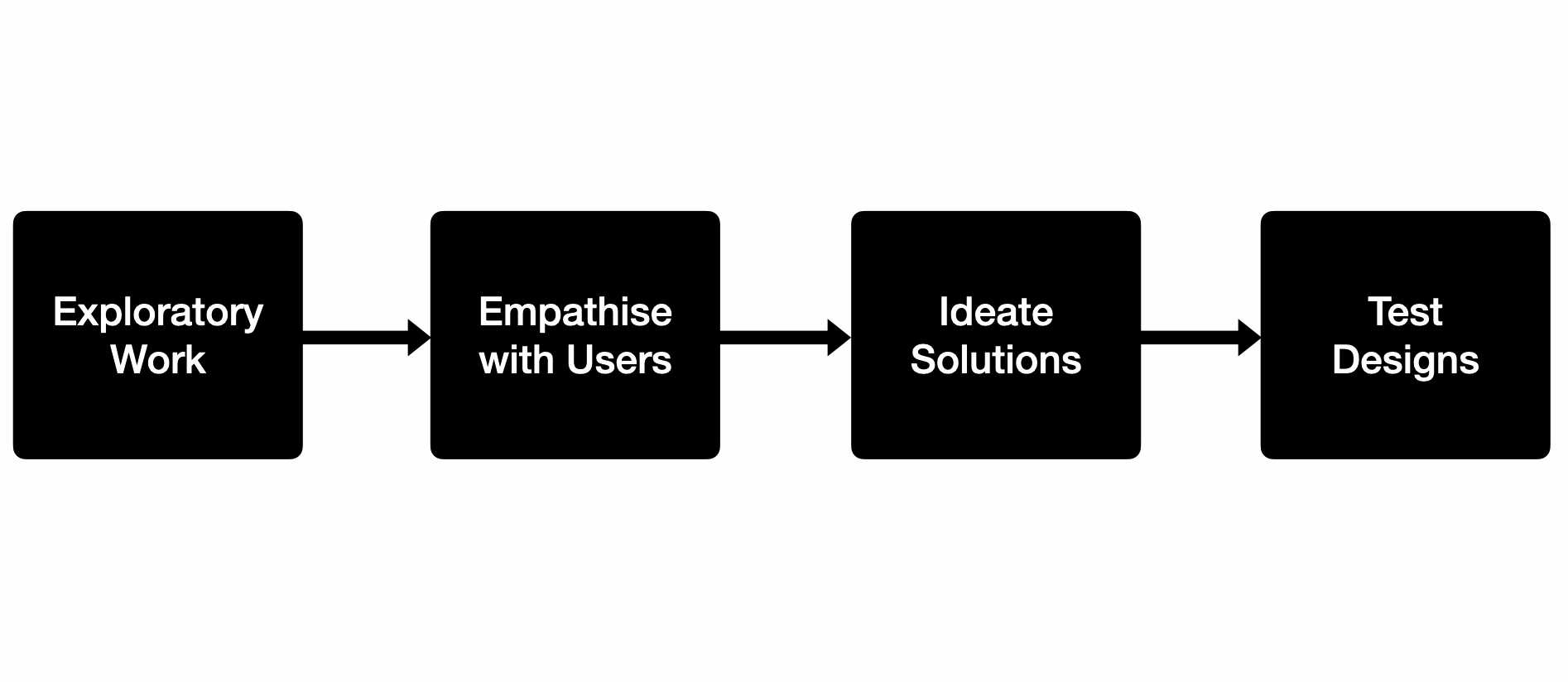
In this step, we contacted 10 teachers by assisting to public events and following a snowball sampling. Teachers worked in 2 different educational institutions. Through interviews and observations we got to know teachers’ practices to create, share and store their instructional materials.
Problem definition: After the analyses of the data collected, we concluded that one of the two institutions was facing issues to organise teaching materials. We decided to move forward the collaboration with them.

In this step, we collected data by investigating different methods to get further understanding of the issue.
We conducted a focus group with 16 participants, observations to know how the archive is organised, and we placed posters in the school so that teachers could leave their opinions anonymously. Moreover, we used a mobile app that helped teachers classify their materials as well as to envision their future practices.
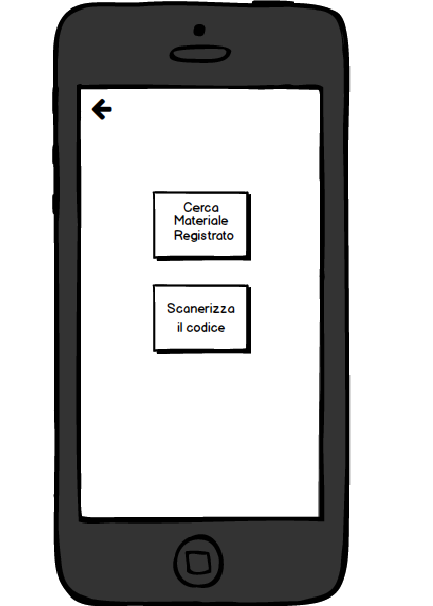
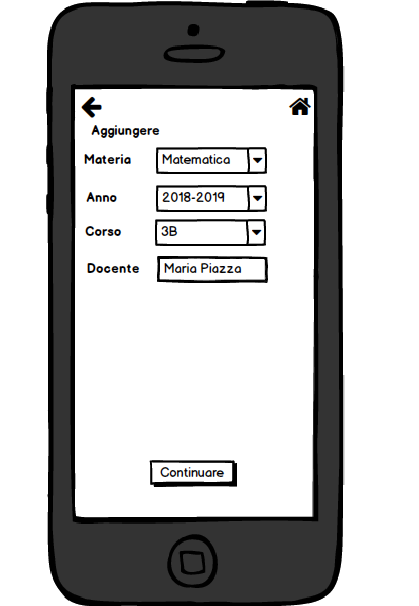
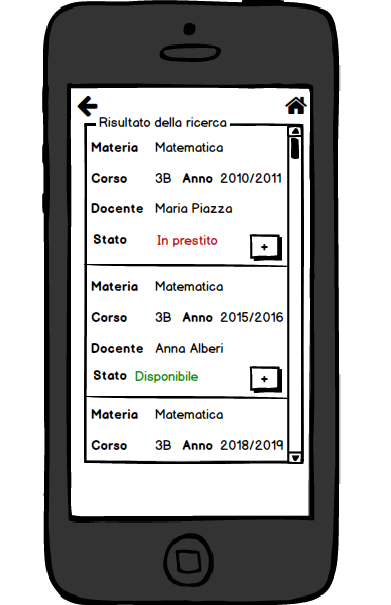
Mobile app prototype
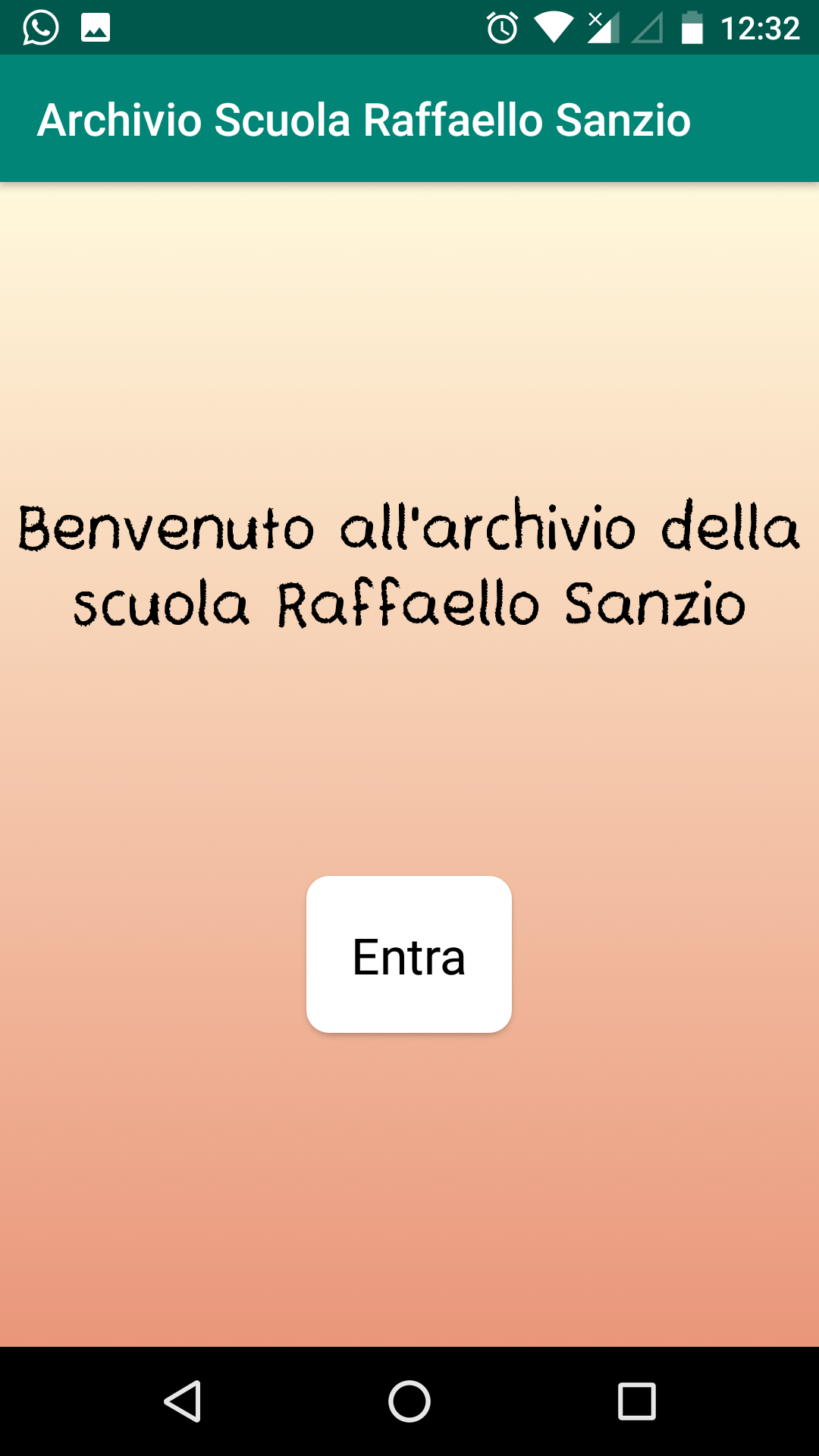
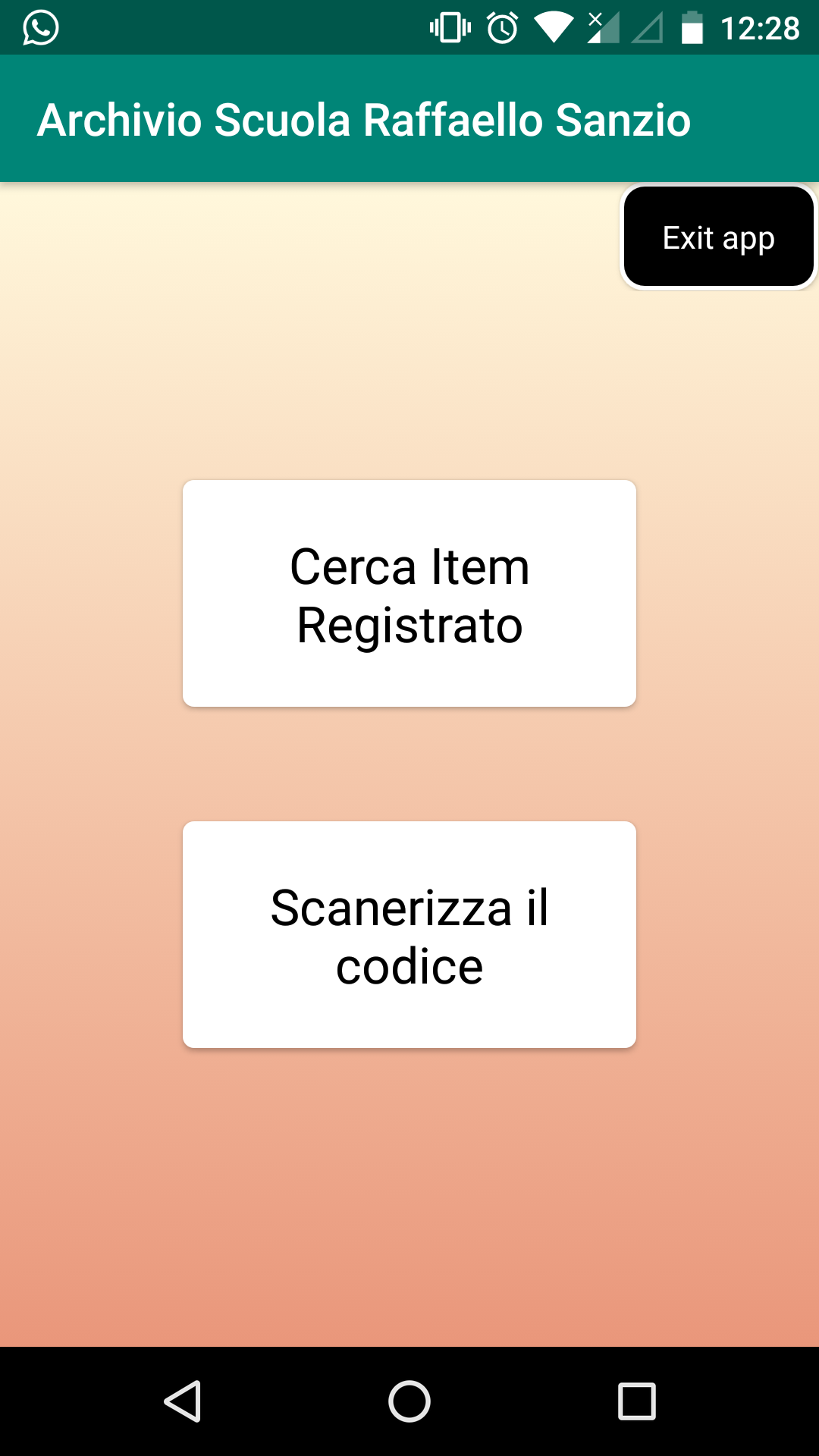
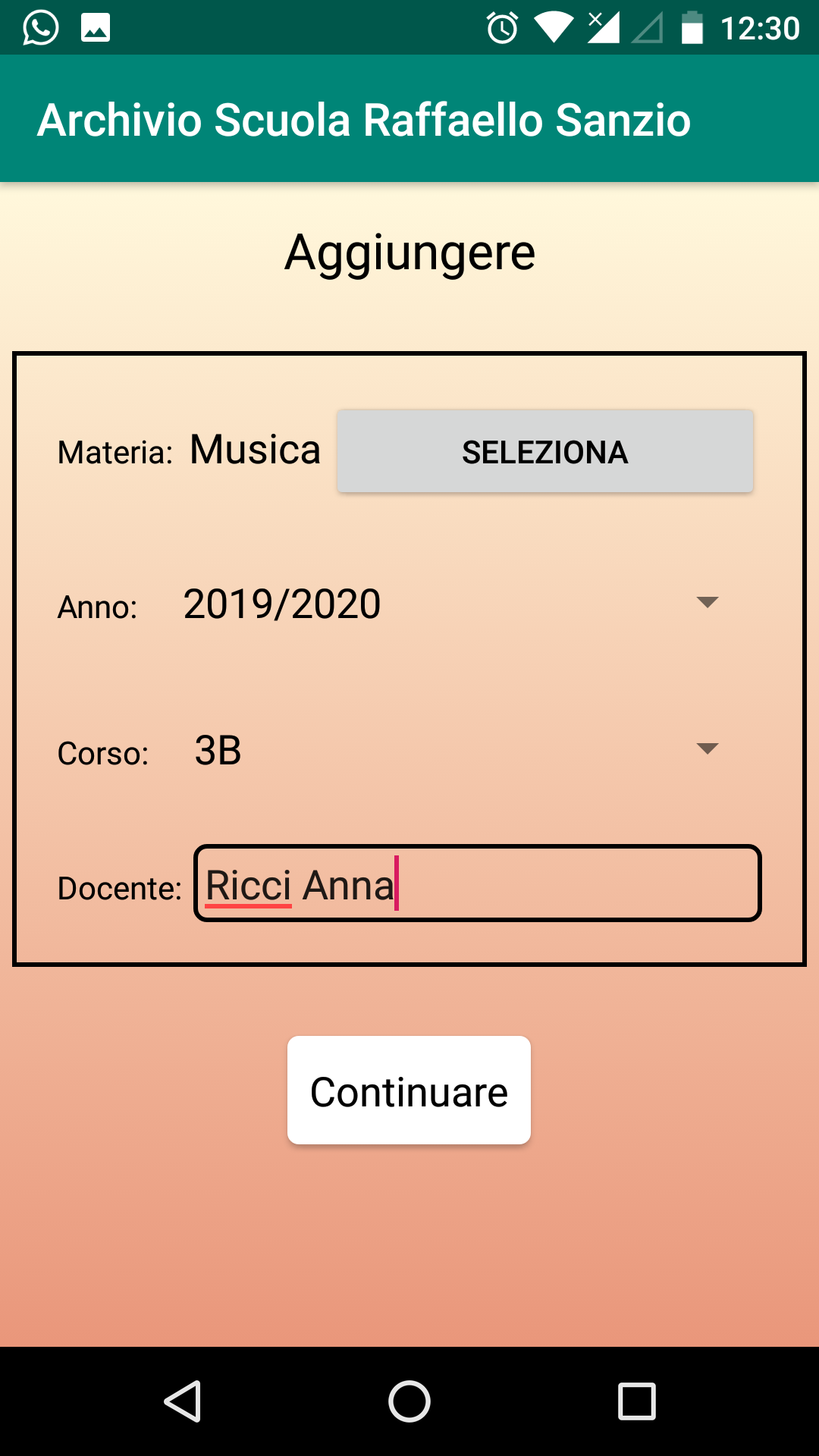
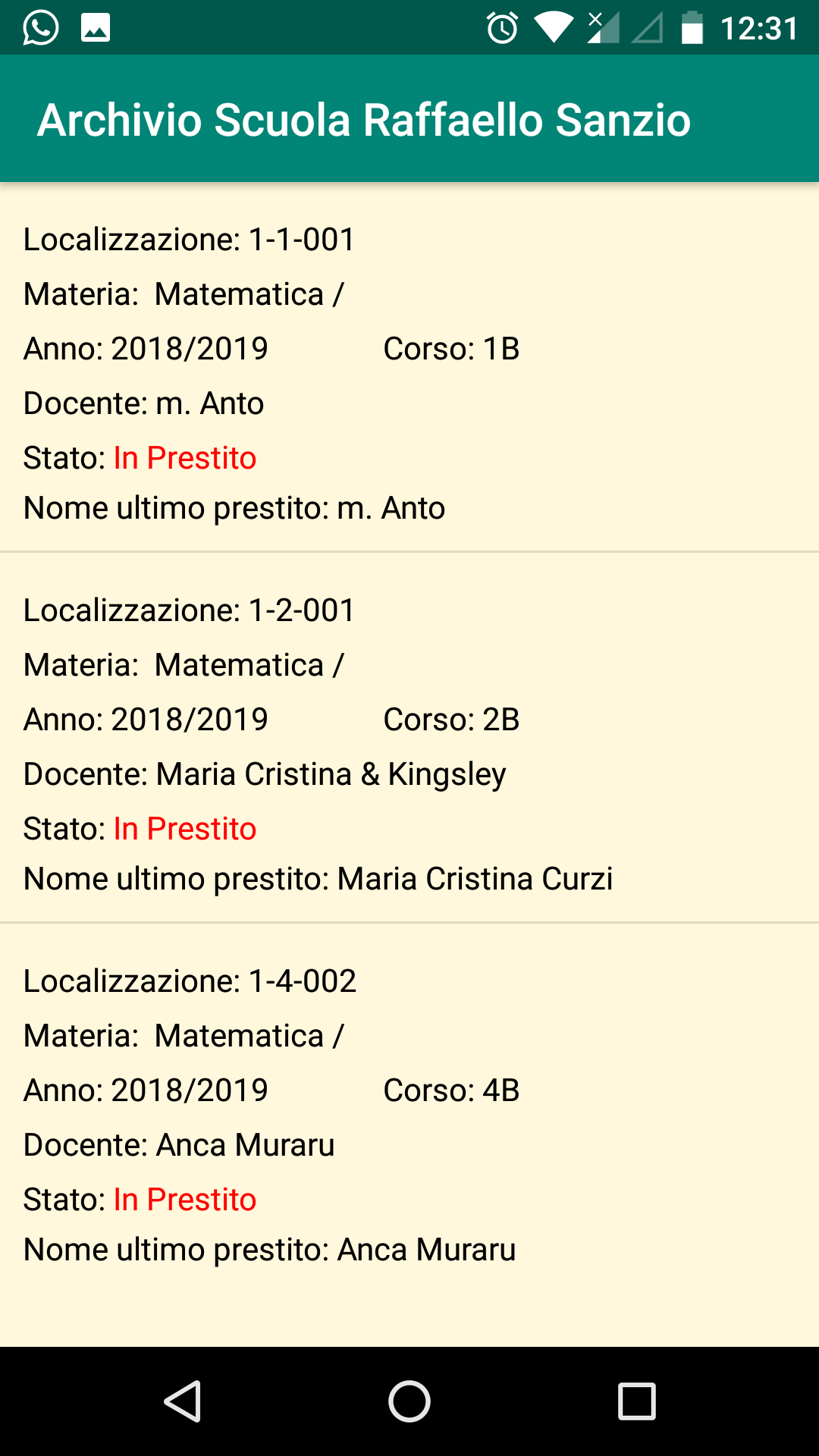
Mobile app
Problem consolidation: After analysing the data collected, we understood that teachers had a need to access materials from anywhere anytime, while keeping materials’ chronology.
How to improve teaching materials’ organisation facilitating their access from any device while keeping their chronology
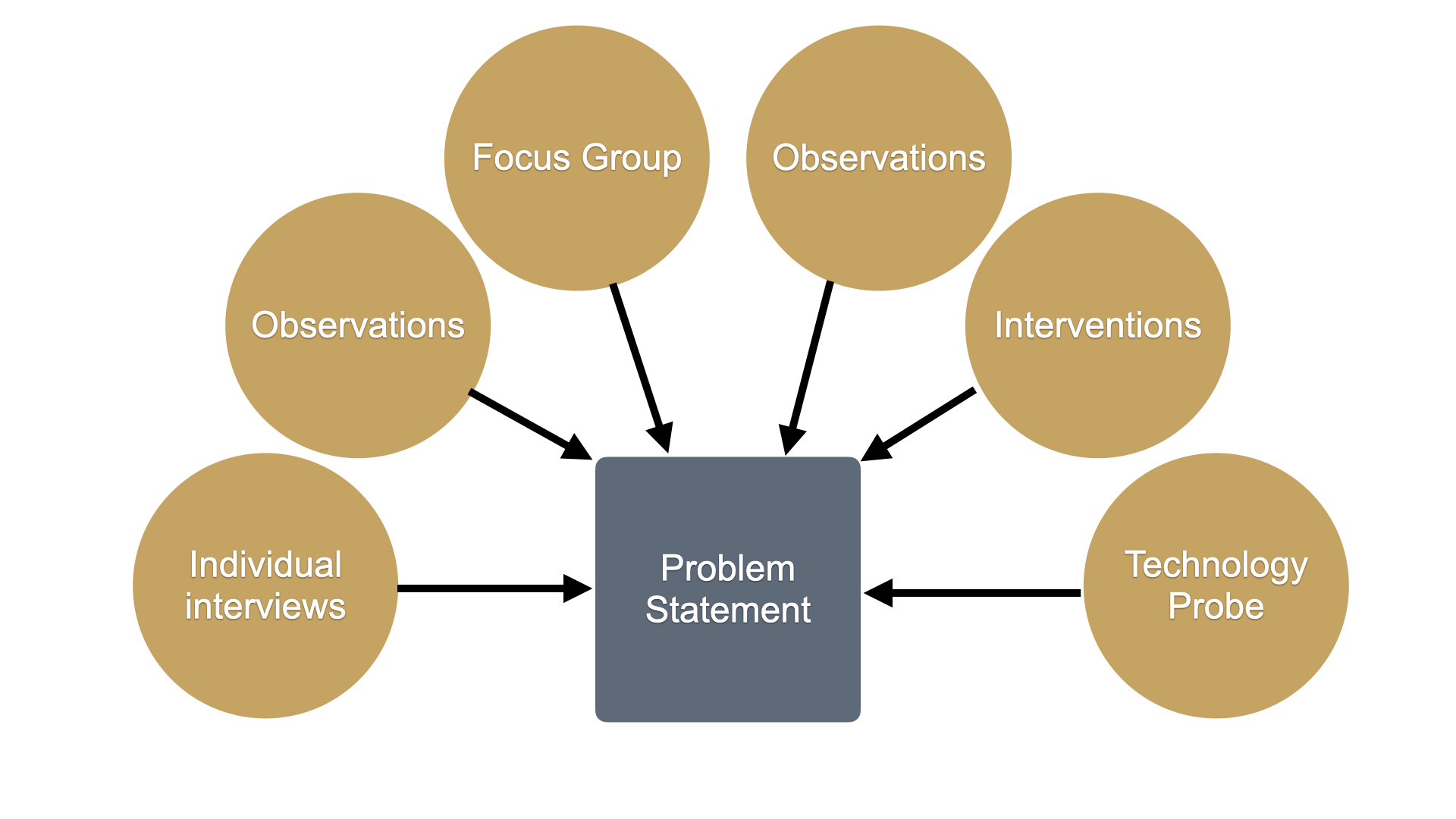
In this step, we decided to invite teachers to co-design an online repository by participating in a workshop.
The workshop aimed to facilitate teachers’ reflection through a set of activities that followed the “How might we” approach and considered the way materials were organised as well as teachers’ practices.
We divided teachers in three groups where each of them agreed and shared their opinions, proposing three different designs.
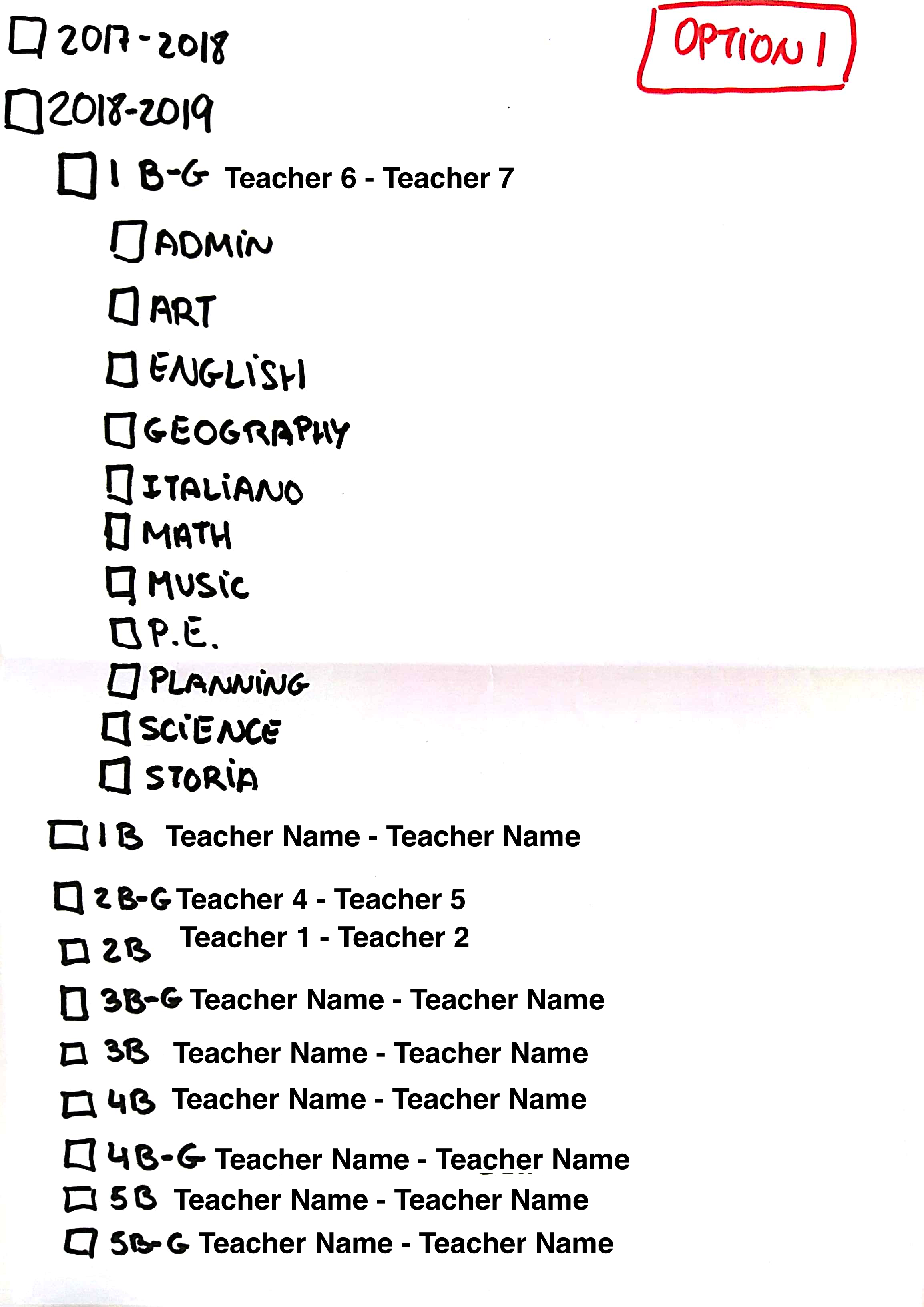
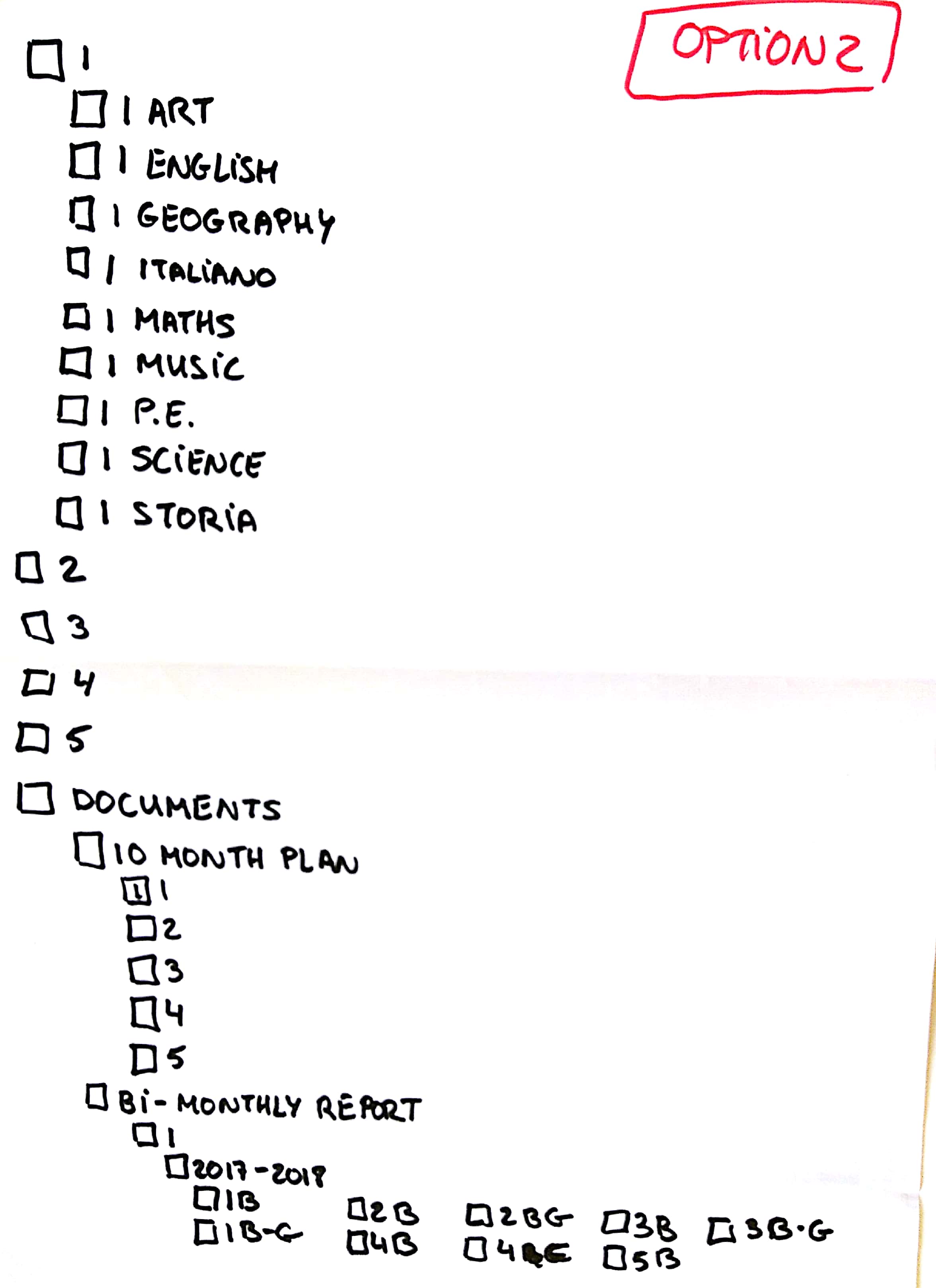
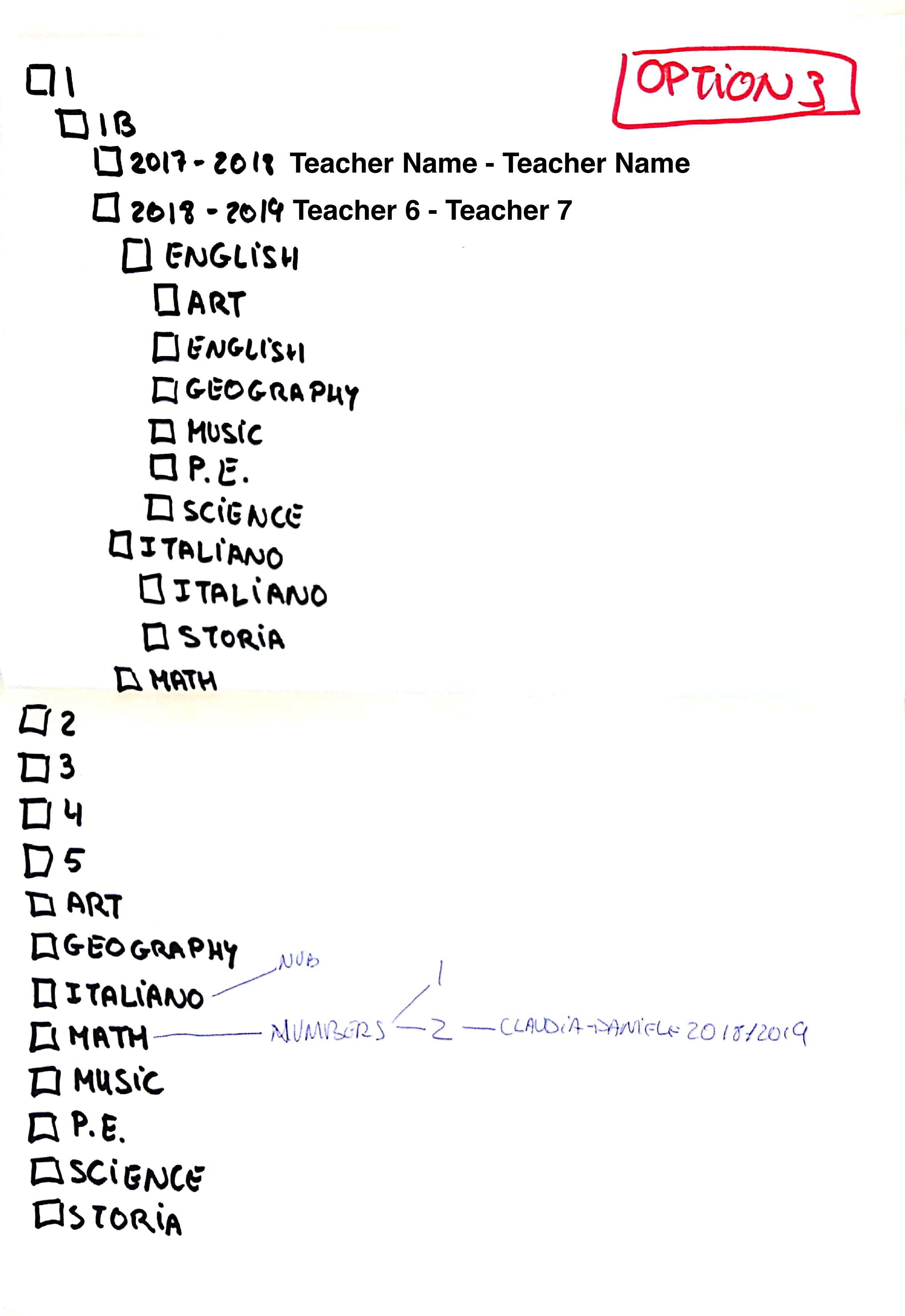
Designs by participants
To test the usability of the different designs, we researched existing tools that support online repositories without impacting teachers practices.
From the available options we selected Google Drive as many of them were familiar with it.
We conducted a lab usability testing where teachers had to perform several tasks by interacting with their design as well as their colleagues’ designs.
The aim of the testing session was to evaluate each others design, improve their own designs, agree on the best one and consolidate it.
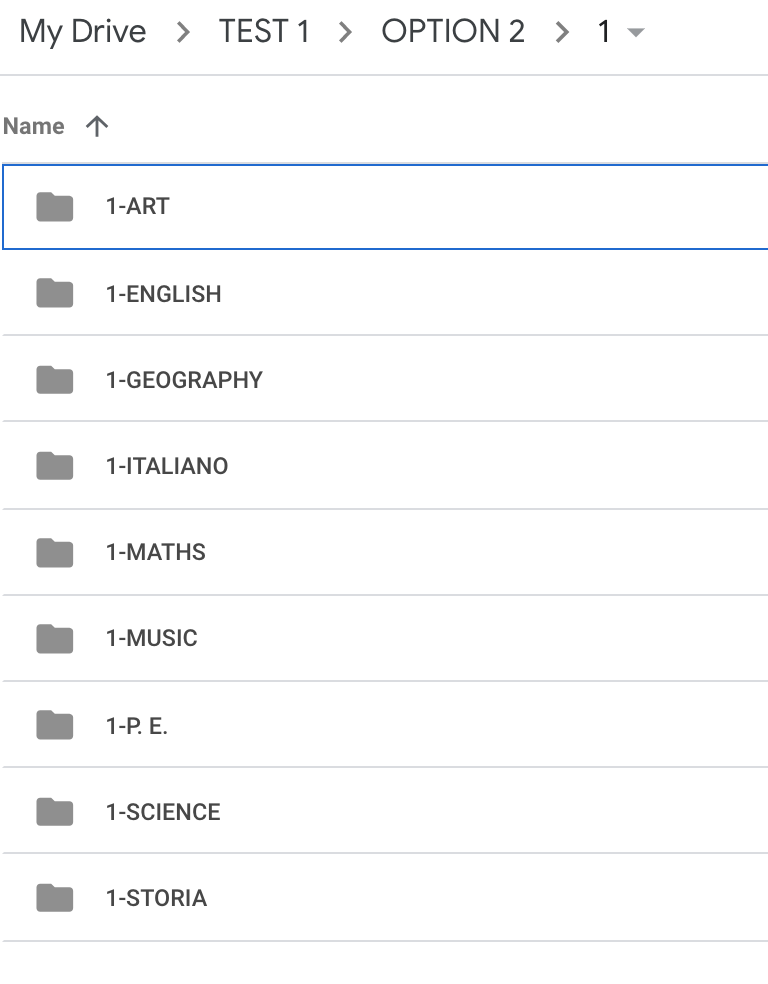
We successfully created an online repository to organise 156.000 materials facilitating storing, sharing and reusing tasks where teachers agreed on the best design that could accommodate their needs without impacting on their practices.
Moreover, we established a protocol to organise materials by subject and course.
This case study validates the importance of creating trust relationships with participants, providing space to express themselves, express their views and share them with others.
I learnt that using a technology probe can boost participants involvement in the design process and help them express their expectations.